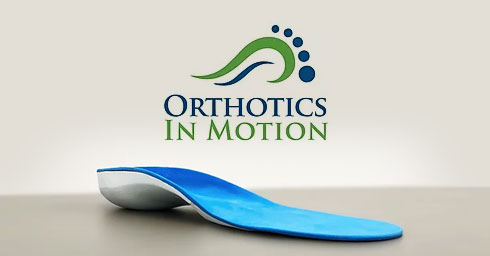Orthotics, or special shoe inserts, provide support and comfort for your feet, but like any tool, they do not last indefinitely. Over time, wear and tear, changes in your body, or shifts in your activity level can indicate the need for a replacement. Knowing when to replace your orthotics is key to maintaining their effectiveness and ensuring your comfort.
Key Benefits of Replacing Orthotics
Replacing your special shoe inserts at the appropriate time makes sure they continue to provide optimal support and maintain your overall foot health. Worn or damaged orthotics may no longer offer the necessary cushioning, alignment, or stability required for proper foot function. This can lead to discomfort or exacerbate existing issues. By replacing them, you can prevent unnecessary strain on your feet, ankles, knees, and even your back.
Updated orthotics can be tailored to changes in your body or lifestyle. Variations in weight, activity levels, or foot structure over time may necessitate adjustments to your orthotic design to make sure they continue to meet your needs effectively. Regularly assessing and replacing your special shoe inserts allows you to benefit from advancements in materials and design, which can enhance their functionality and durability. Timely replacement supports both comfort and long-term musculoskeletal health.
Replacing your orthotics at the appropriate time can help prevent discomfort, improve foot health, and maintain proper biomechanical alignment. It is also key to note that special shoe inserts are just one component of a comprehensive treatment plan for foot and lower body issues. Consulting with a healthcare professional can help determine the best course of action for your specific needs.
Signs That Indicate Replacement
Recognizing signs of wear in your orthotics is fundamental to knowing when to replace them. Look for these common indications:
- Signs of Wear and Damage
Thinning, visible cracks, or broken pieces indicate that your special shoe inserts no longer deliver their intended support. Distortion, where the orthotic shape no longer aligns with your foot, is also a notable sign.
- Pain and Discomfort
New or increasing discomfort in your feet, knees, hips, or back can point to worn orthotics. Their structural integrity may have degraded, reducing their ability to cushion and support.
- Body Changes and Lifestyle Adjustments
Changes in your foot structure, weight, or activity level might make your current orthotics less effective. For instance, taking on a more physically demanding schedule may require a different type of orthotics to provide the right level of support.
- Hygiene Concerns
Special shoe inserts exposed to daily use can accumulate dirt and odors over time. If persistent unpleasant odors develop despite cleaning them, replacing them might be helpful for hygiene and comfort.
Regularly assessing the condition of your orthotics helps you address potential issues before they escalate. A thorough evaluation of their physical state and fit can prevent discomfort and extra expenses in the long term. Consulting a podiatrist or foot specialist can also provide accurate, informed recommendations.
Replace Your Orthotics Today
Replacing orthotics when needed is helpful for comfort and key to maintaining foot health. If you notice wear, discomfort, or other signs mentioned here, contemplate updating your orthotics. New orthotics provide better alignment, improved hygiene, and the support your feet require.

